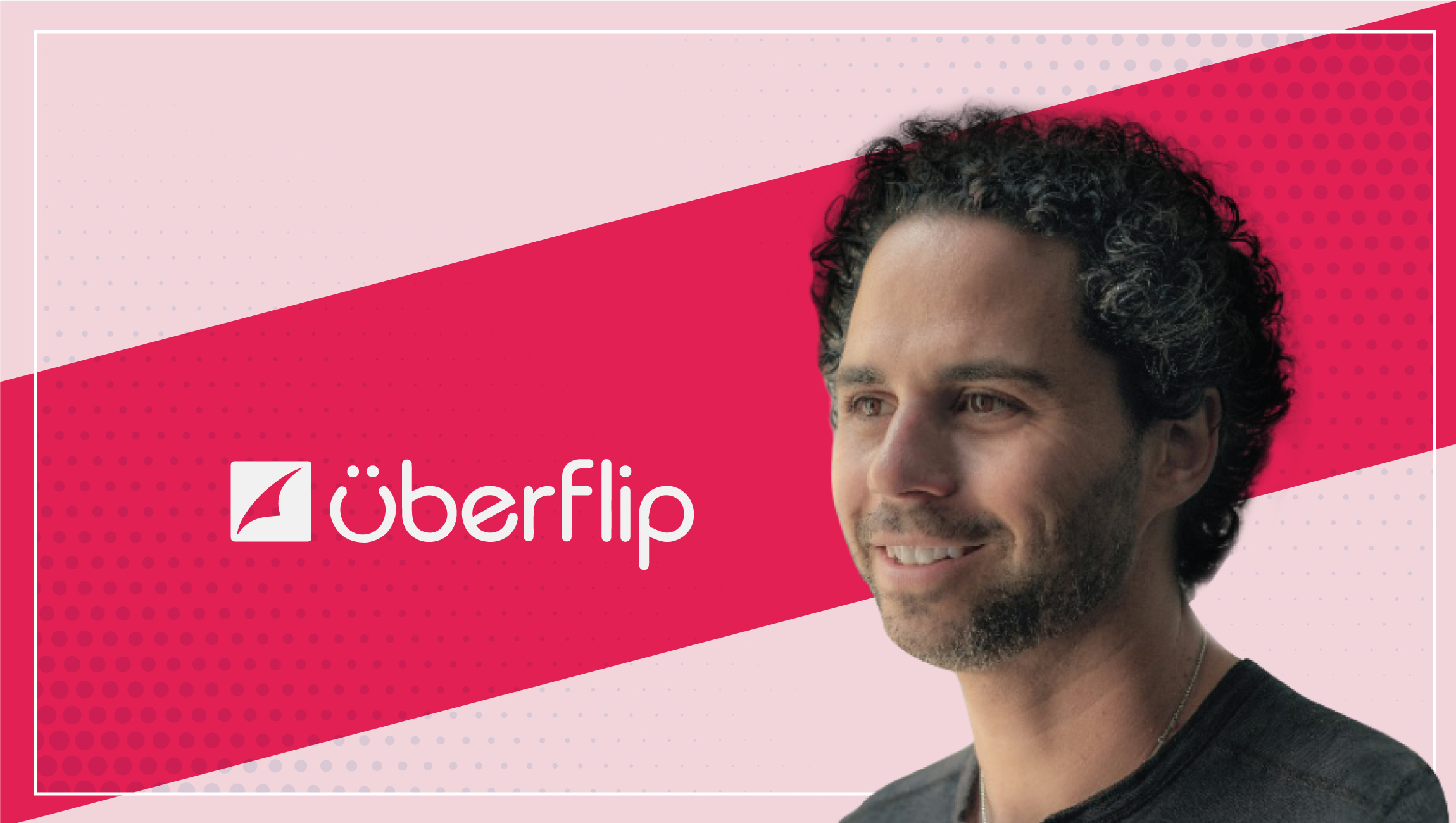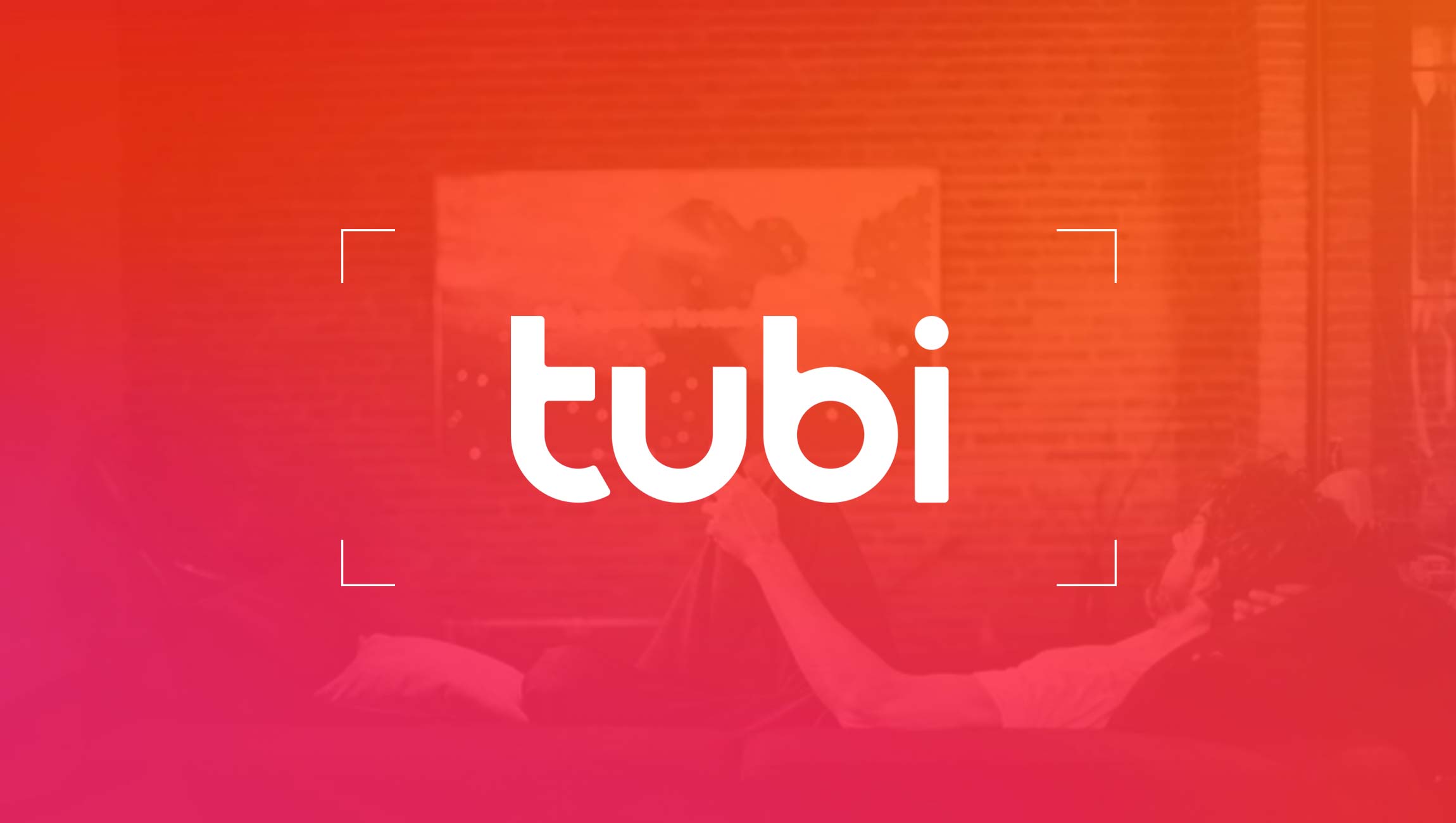As a CMO of a content experience company, what unique challenges do you meet and overcome in driving Marketing and Sales campaigns daily?
One of the biggest challenges we come up daily is the status quo. It can be difficult for marketers to rethink the way they approach content—especially when they’ve been doing things the same way for so long. We challenge marketers to shift their focus from creating net new content, to leveraging the content they already have to build out binge-worthy experiences for their customers and prospects. Everyone has a content experience, but the question becomes, is yours winning or losing you deals?
Which Marketing and Sales Automation tools and technologies do you currently use at Uberflip?
There’s a pretty full tech stack we use to automate our Marketing and Sales process. On the demand-side, we use Marketo, Terminus, and Sigstr to attract and engage, Engagio, LeanData, and Marketo Sales Insight to track engagement as leads move through the funnel, and some great platforms like Drift, Wistia, Sendoso, Optimizely, and of course Uberflip, to create great experiences for our customers and prospects as they move through the buyer journey.
Could you explain our audience how content is now a ‘cross-functional’ asset? How can various teams use content to validate their ongoing business decisions?
From initial attraction all the way through to retention and eventually advocacy, content should be used to engage your audience at every stage of the customer journey. Even though Marketing creates content to attract leads, Sales should also be using content to build relationships with prospects, and customer success should be using it to educate and engage customers. The reason we have a Director of content experience is to ensure any time someone is touched with content, regardless of stage, the content and experience is consistent, memorable, and personalized to who they are and where they are at in the journey.
What findings from the Benchmark Report surprised you? What do you want marketers to specifically pay attention to?
It’s valuable to see how today’s Marketing leaders are not just continuing, but accelerating the buyer journey with content, and just how important content is when it comes to demand programs. I was surprised to learn that 82% of Marketing leaders agree that content is important to achieve their Marketing goals, yet just 1 in 2 respondents said their content was ineffective. Considering all Marketing distribution channels (email, paid ads, and social) lead to content, it’s alarming that so many marketers aren’t confident in the content experiences they’re presenting.
What role does Content Experience play in the Sales Enablement process and how does it drive Demand Generation?
I like to use the example of getting a cold email full of hyperlinks from a Sales rep. Usually, it contains a brief pitch, then a list of hyperlinked pieces of content. It’s not personalized, not visually appealing, and definitely doesn’t make someone want to click. Instead, Marketing should be empowering Sales to send out personalized content experiences rather than static pieces of content.
To do this, you can tag or organize your content by persona or use case so that Sales can easily find it and distribute it to prospects. You could even create experiences by persona that Sales can then duplicate and customize based on Sales conversations. Doing this enables champions to share the right content in a perfectly packaged experience to the buying committee throughout the process. Content isn’t just for generating traffic—content is for closers.
What role does Content Experience play in the Customer Experience?
In the B2B world, content experience is synonymous with customer experience. Almost all interactions with customers have content attached to it from your website, to an ad, to an email, to a direct mail piece. It is critical that your content is wrapped in an experience every step of the way that is personalized. Whatever you’re sending out, it’s important to remember that you shouldn’t ever stop trying to impress your customers with your content experience.
What are the unique opportunities for Omnichannel Marketing teams in the business of delivering a Content Experience? How do you identify goals when it comes to Content Experience? What does success look like?
Content is what powers all of our go-to-market strategies. So, whether you’re a demand, digital, or account-based marketer, you should be mindful of the experiences you’re creating for customers and prospects who click through your campaigns. A content experience should be binge-worthy, so in terms of metrics to track, an increase in pages per session and session duration is a good indicator that your efforts are paying off. It can also be valuable to also use Marketing Attribution software to look at content ROI to see where and how your content experience is impacting the bottom line. Overall, a winning experience will help accelerate buyer journeys and help you serve up more relevant and engaging content recommendations to your audience. Happy customers are the best success metric!
How do you build the ‘culture of intent’ in your organization? How do you train your Marketing and Sales teams to reinvent the wheel of Content Marketing and prioritize Content Experience quarter-after-quarter?
The focus on content experience definitely requires a shift in thinking, but when you look at the return, it’s easy to get your team on board. Prioritizing content experience means that the content your team works so hard to create actually gets seen and is leveraged in multiple places across your entire organization. It means that your Sales team can spin up personalized content destinations that speak directly to your prospects’ pain points. And it means that everyone in your organization is enabled to quickly and easily create branded content destinations for campaigns.
As a Marketing leader, how do you prepare for a world where buyers and consumers alike expect a personalized experience in all facets of their lives?
Netflix and Spotify are great examples of highly personalized content experiences—but they’re not creating new content for each individual user. Instead, they curate experiences based on what their users have expressed interest in. Looking at it from that perspective makes personalization at scale seem a lot less scary. So, rather than creating hundreds of pieces of personalized content for our target accounts, what we need is to create experiences based on audience segments that feel personalized.
How do you inspire your people to work with technology?
People need to understand tech is what enables scale. That said, it should be the last piece of any puzzle. I love the framework of people, process and technology. Every team is built with great people who implement winning processes. Once those two pieces are in place, tech allows for expansion and exponential growth.
Which superhero do you most closely relate to in your workplace?
I’m no superhero – but if I could be Spiderman, bring it on. Perhaps the only part I can relate to with him is that with great power comes great responsibility. That’s the life of a CMO.
Which movie/daily/advertisement made the most profound impact on you recently?
Have a watch of the Netflix movie Bandersnatch! I wrote a blog post on why it’s the way our buyers expect to own their journey.
What’s your smartest work-related shortcut or productivity hack?
Nothing fancy – a simple agenda is the key to focus for yourself and your team.
Tag the one person in the industry whose answers to these questions you would love to read:
Maria Pergolina. I recently interviewed her for my podcast, The Marketer’s Journey, and am now hanging on to her every bit of leadership advice!
Thank you, Randy! That was fun and hope to see you back on MarTech Series soon.
Randy Frisch is the CMO and Co-Founder at Uberflip, a content experience platform that empowers B2B marketers to create personalized content experiences for demand generation, ABM, content marketing, and sales enablement at scale.
We believe content is the most effective way to ignite meaningful relationships. But even the greatest content must be combined with a remarkable experience to reach its full potential.
Uberflip is a cloud-based content experience platform that empowers B2B marketers to create personalized content experiences at scale. By providing marketers with the tools they need to boost engagement, generate leads, and fuel demand generation, they can better leverage content to meet their goals.
The MTS Martech Interview Series is a fun Q&A style chat which we really enjoy doing with martech leaders. With inspiration from Lifehacker’s How I work interviews, the MarTech Series Interviews follows a two part format On Marketing Technology, and This Is How I Work. The format was chosen because when we decided to start an interview series with the biggest and brightest minds in martech – we wanted to get insight into two areas … one – their ideas on marketing tech and two – insights into the philosophy and methods that make these leaders tick.











